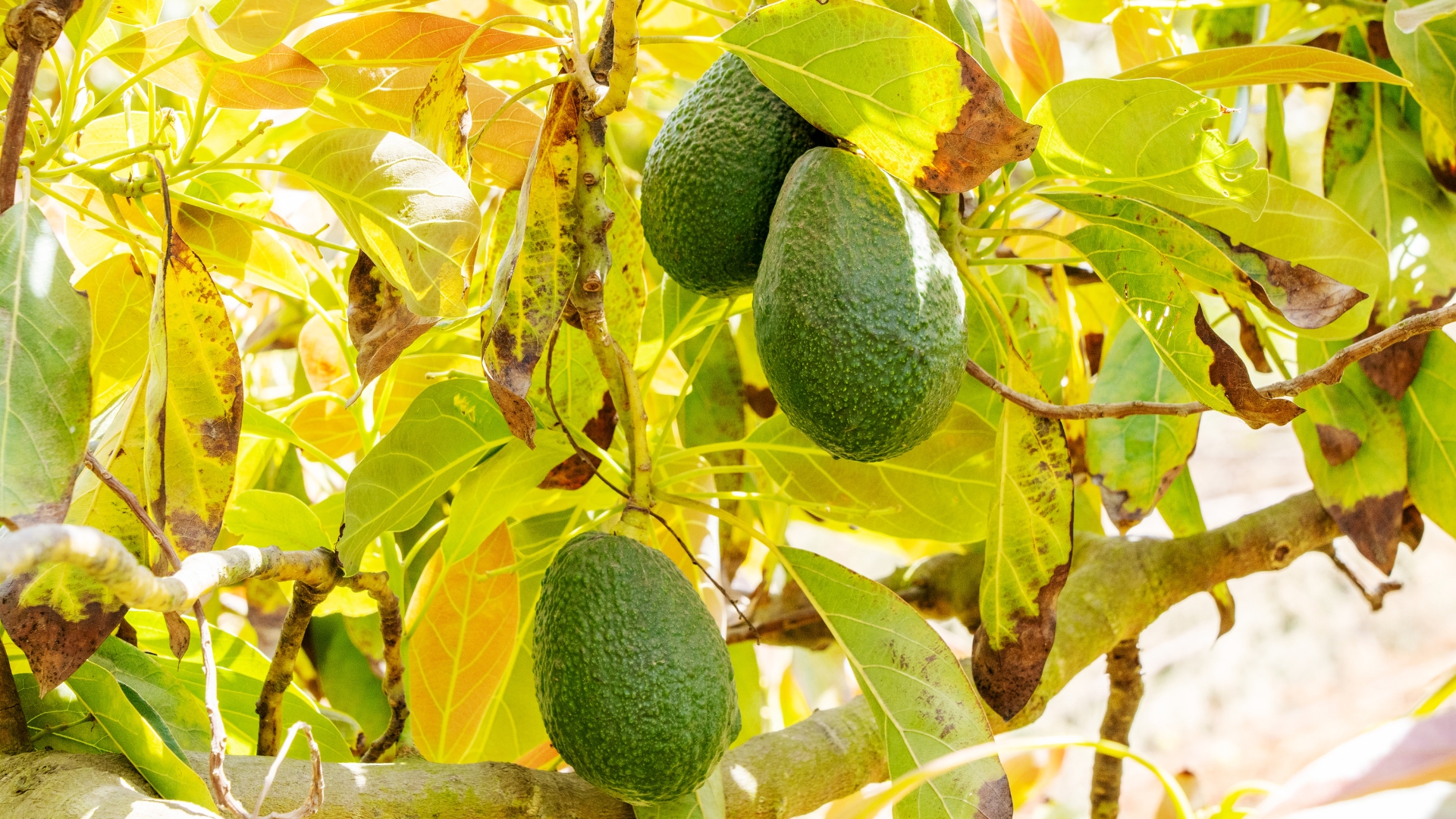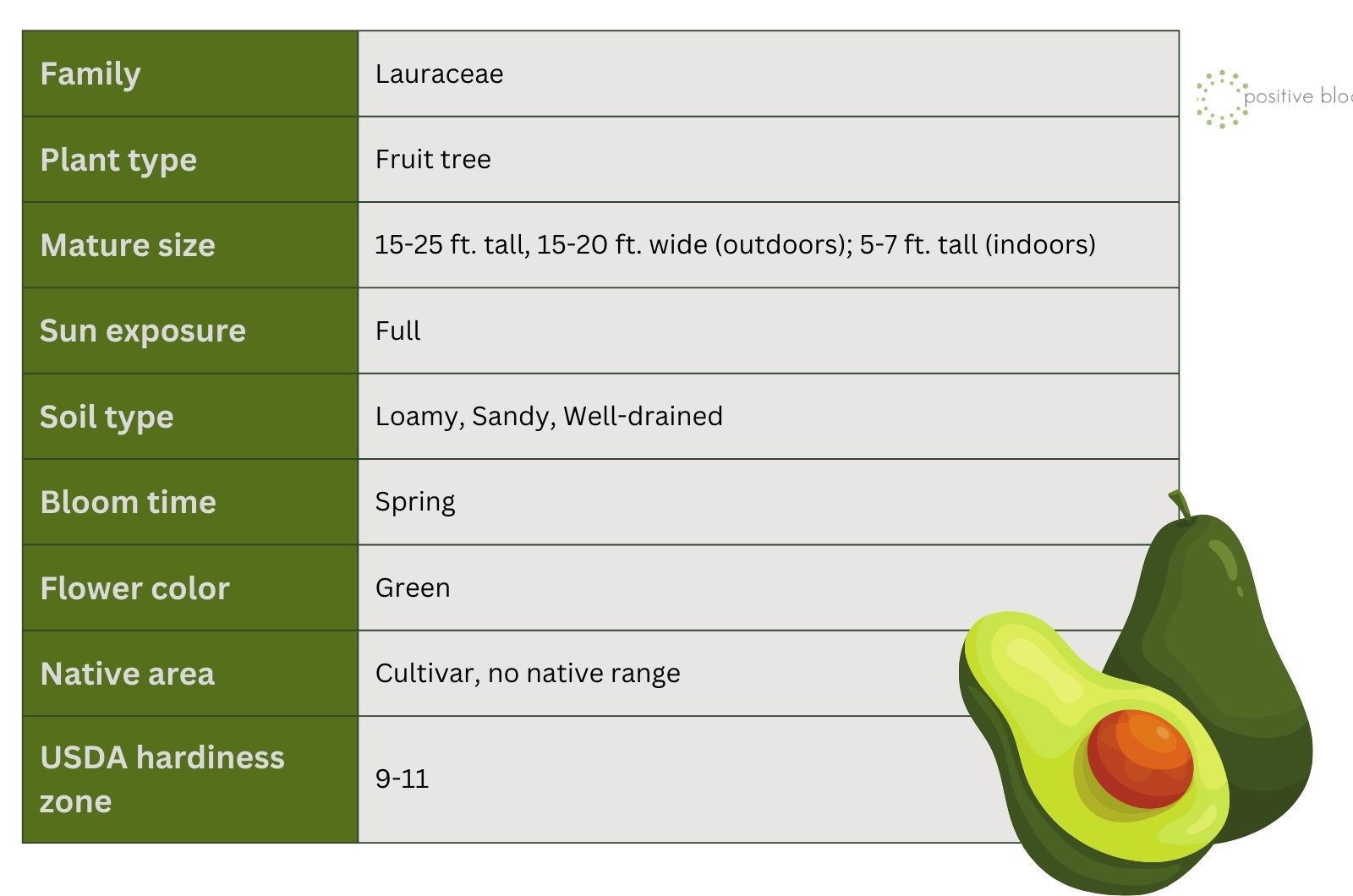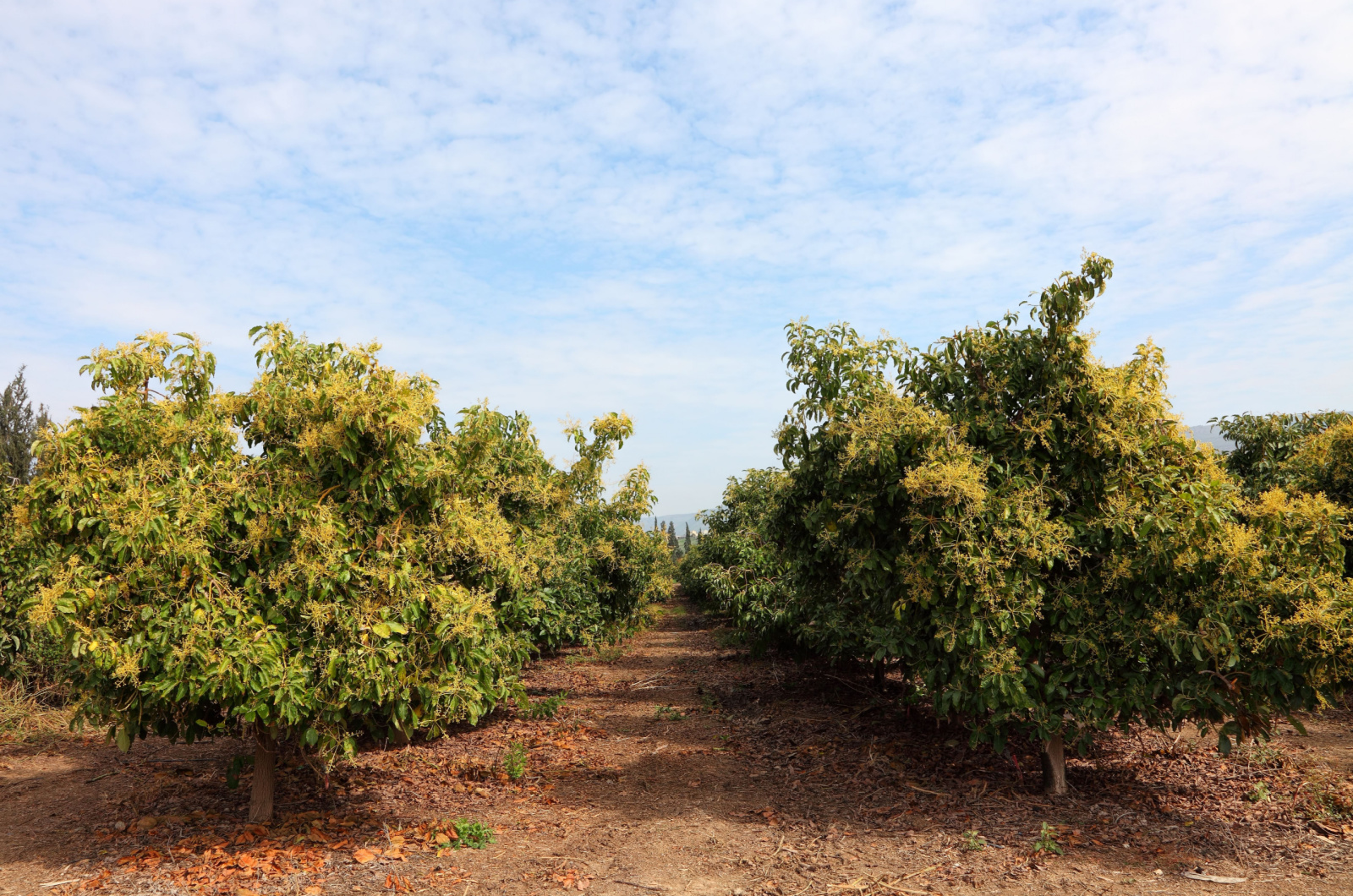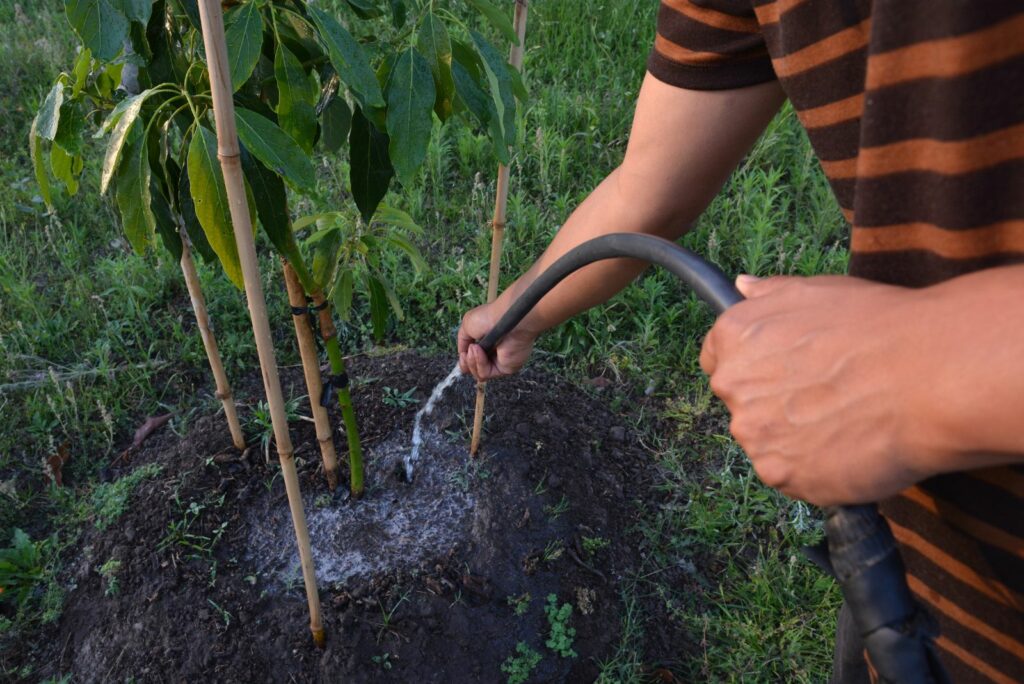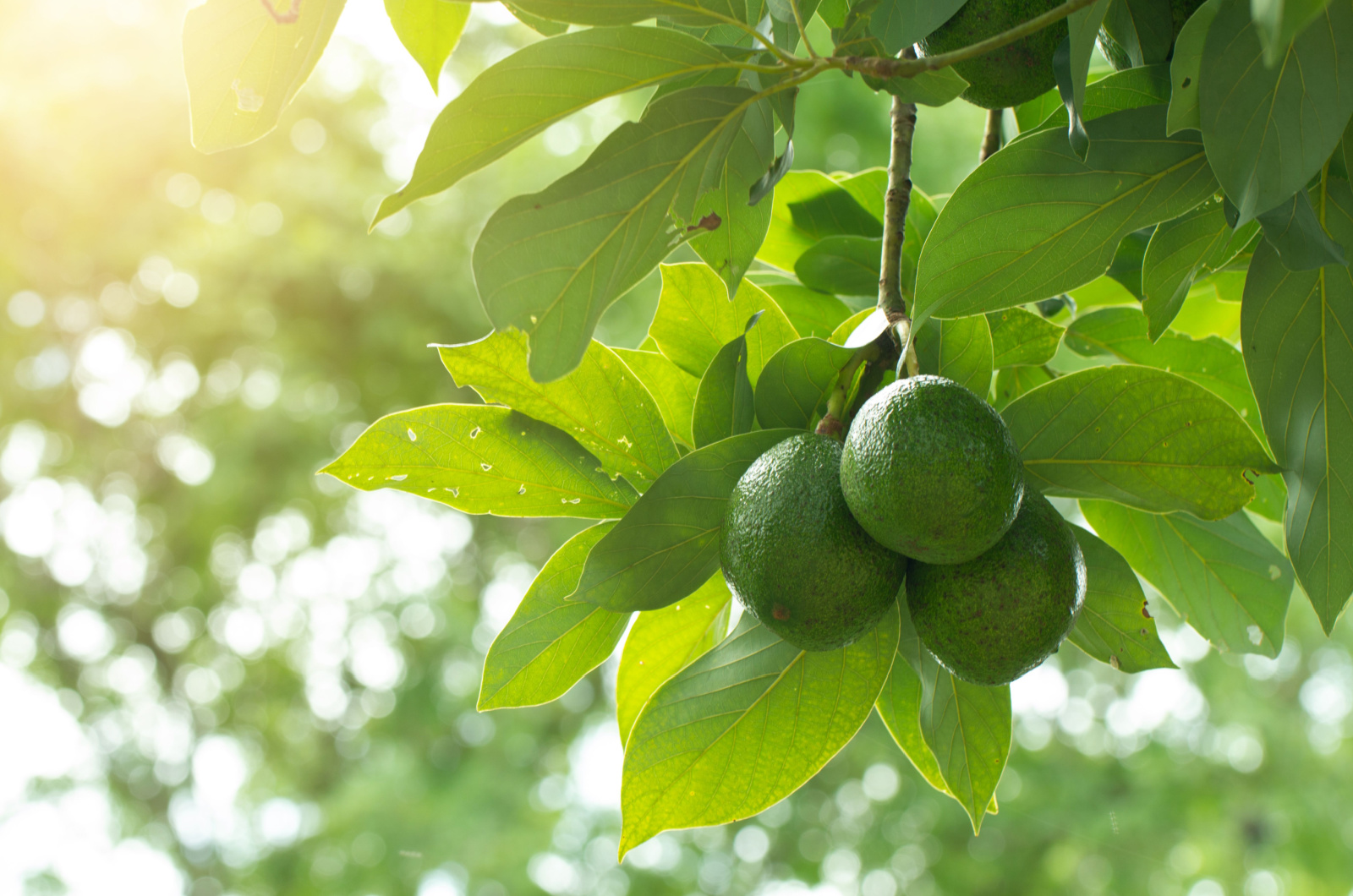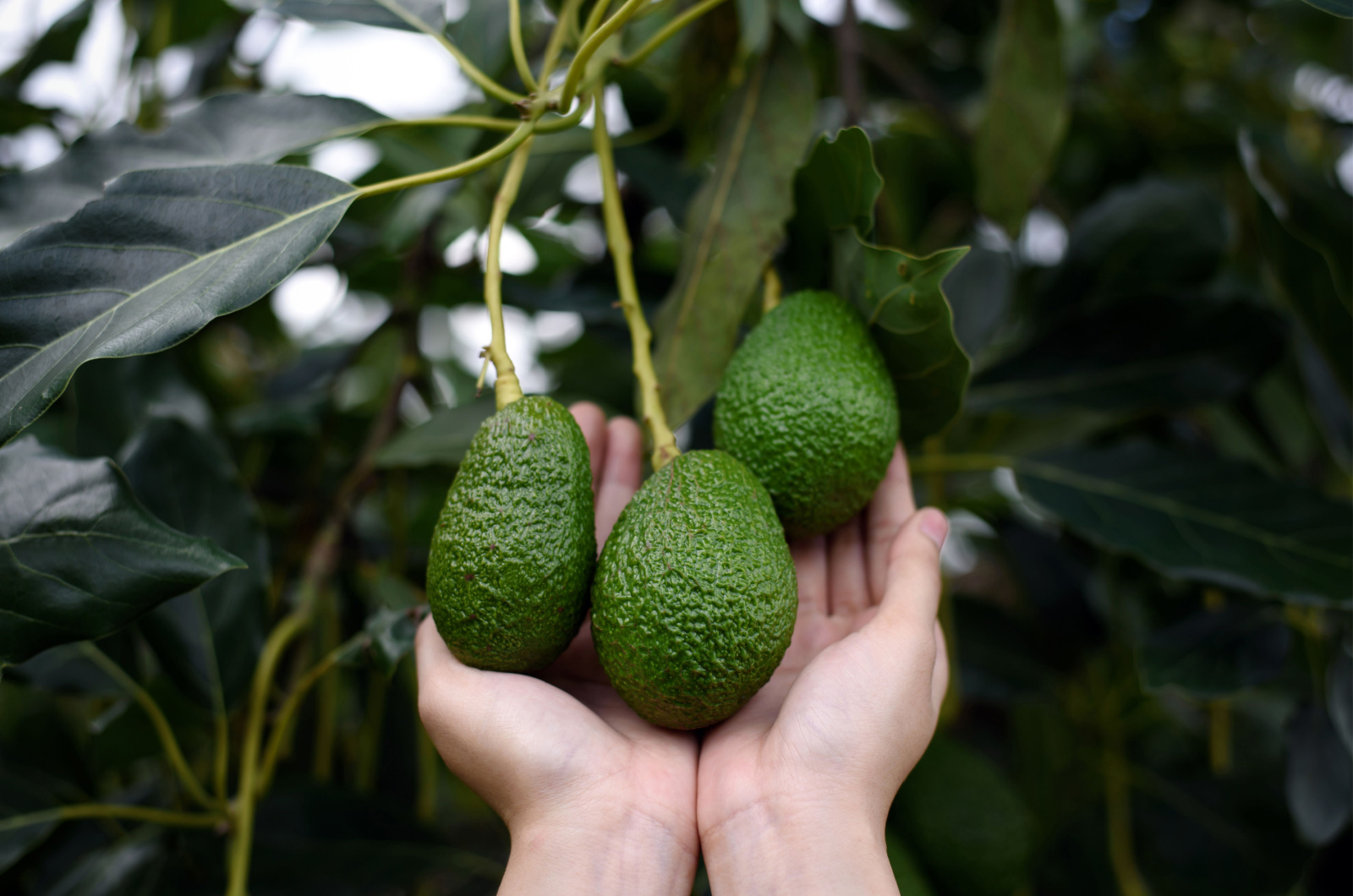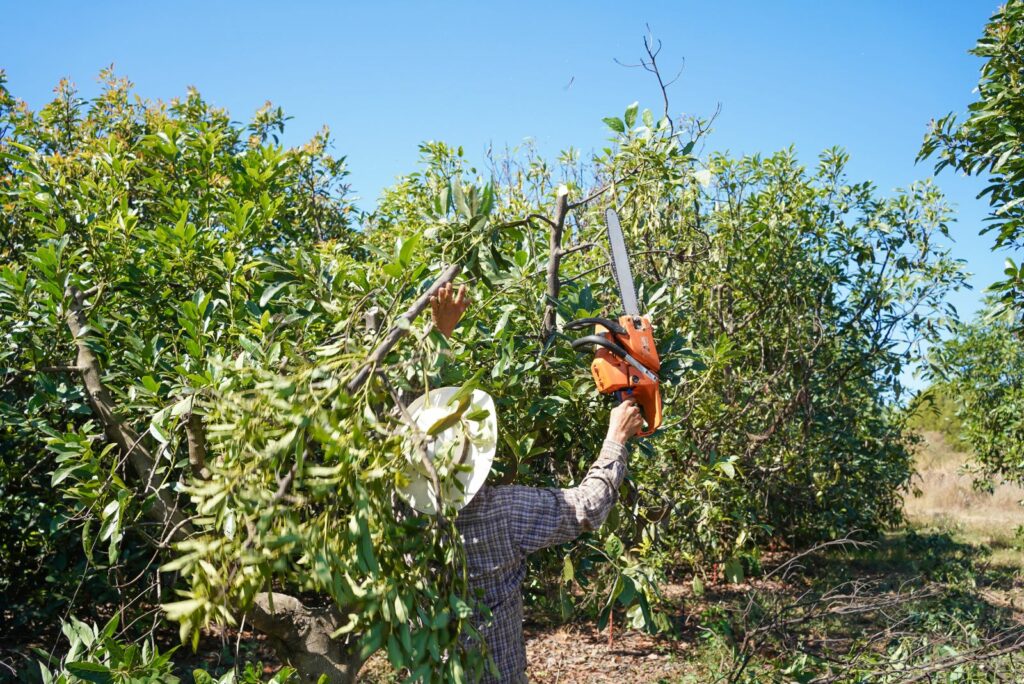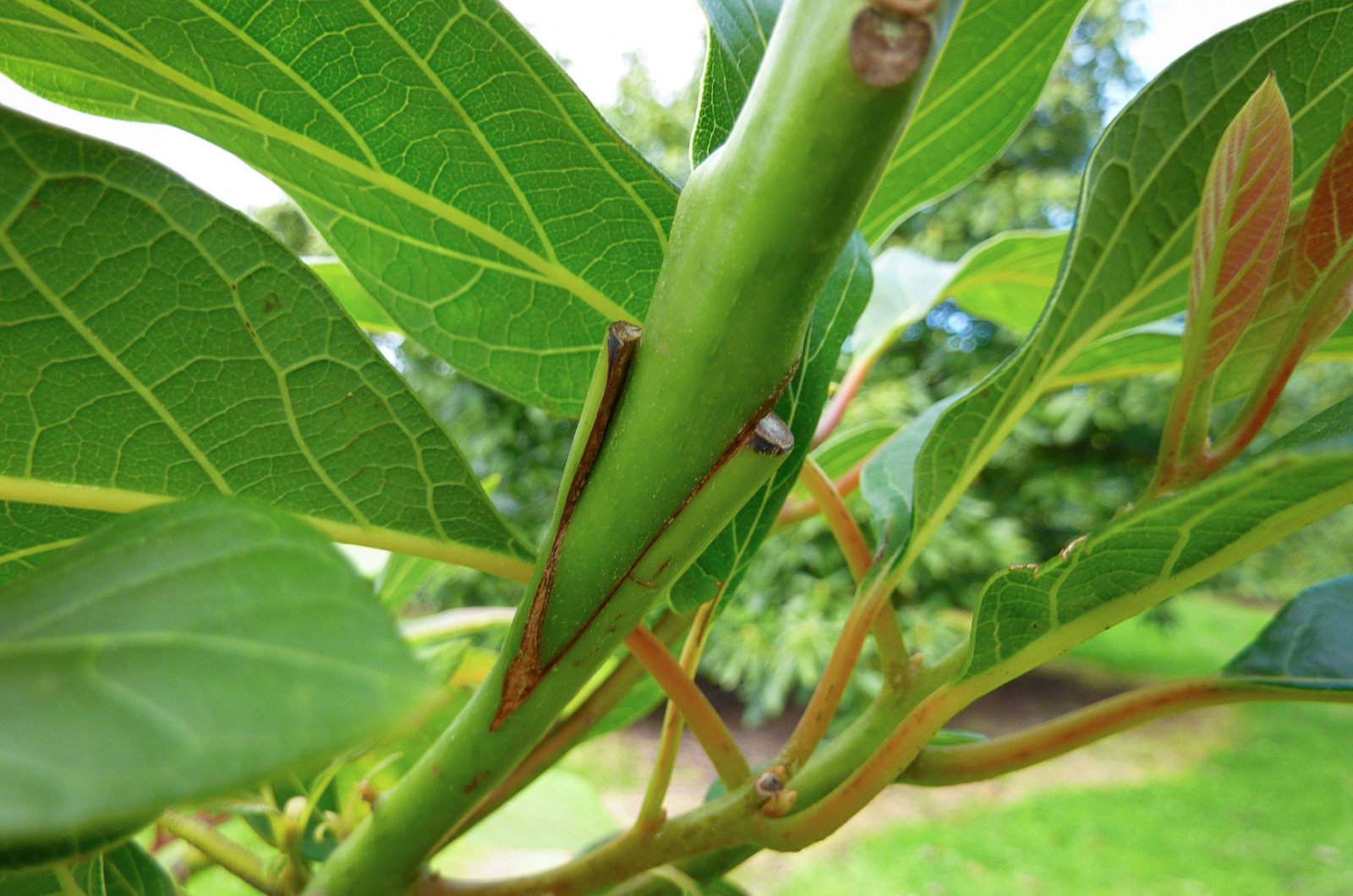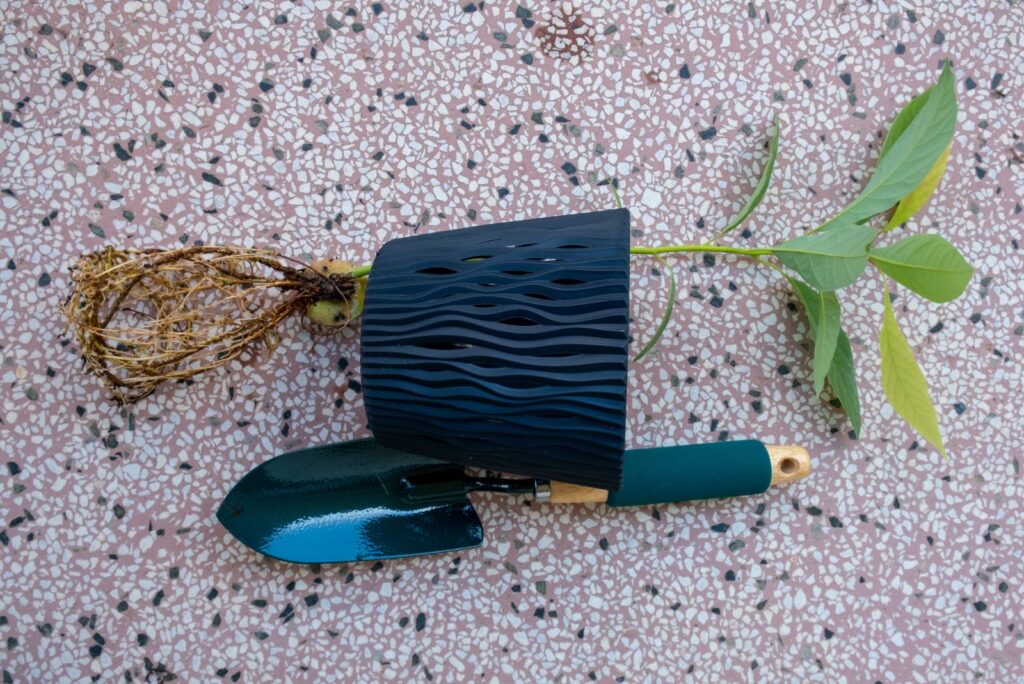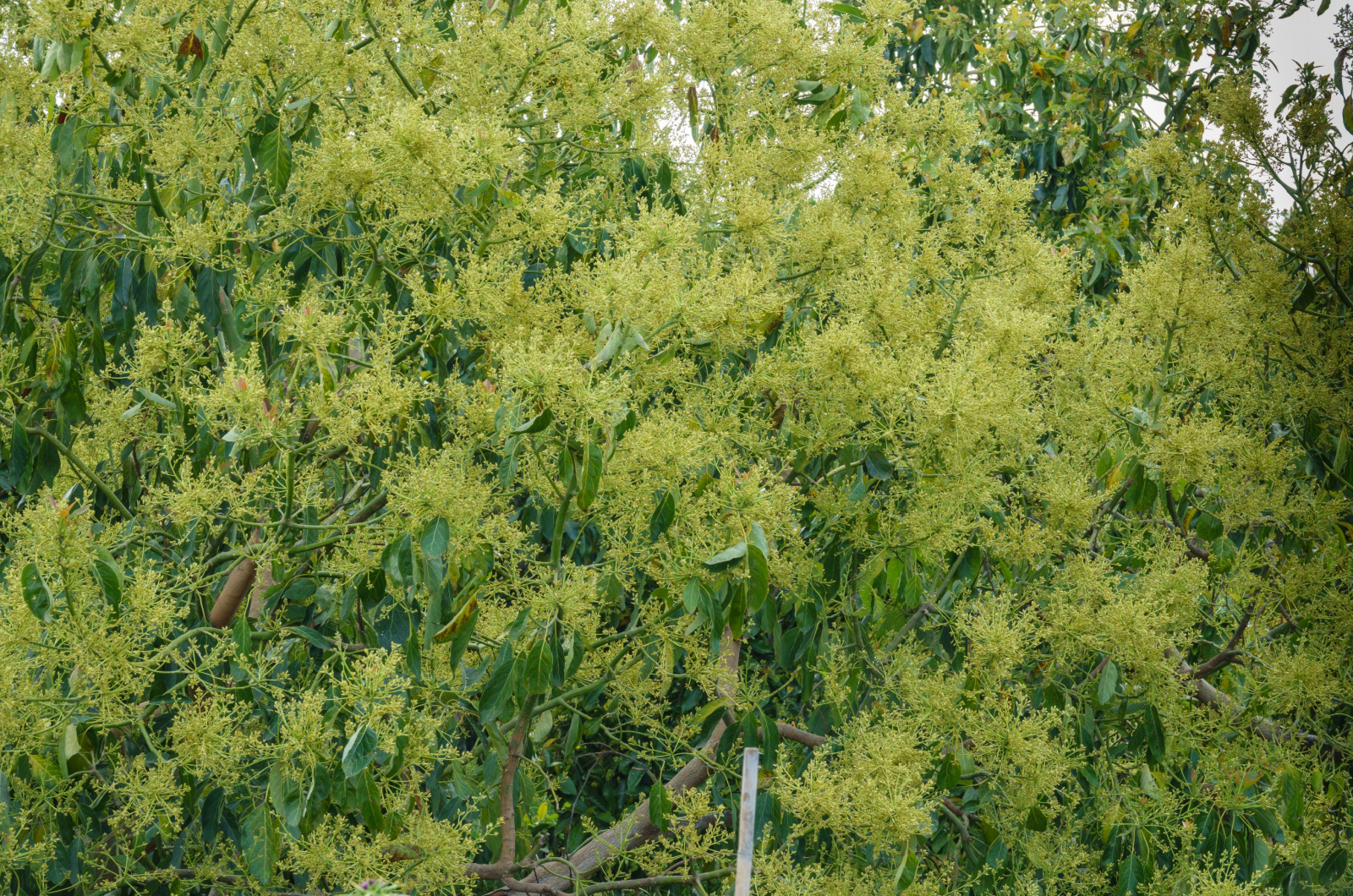If you like avocados, then you should definitely try growing the unique Hass avocado tree, a hybrid between Mexican and Guatemalan avocados!
Hass avocado trees are known for their delicious, creamy fruits and relatively low-maintenance. Besides yummy avocados, these trees will adorn your garden with attractive leafy green foliage and lovely blooms.
In this article, we are going to share some tips on how to grow and care for Hass avocado trees. Let’s get started!
Let’s Meet Hass Avocado Trees
Related: 5 Edible Houseplants To Brighten Your Home
How To Care For Hass Avocado Trees
There’s not much fuss when it comes to the Hass!
These avocado trees are grown just like any other, but you should definitely follow the right care guide to keep them happy and healthy.
Here are detailed instructions on how to care for Hass avocado trees.
Also read: All You Need To Know About The Avocado Seed Growing Stages
Soil Requirements
Hass avocado trees grow best in loose and well-draining soil; loamy and sandy soil are perfect as they provide good drainage and support healthy root growth. Stay clear of heavy clay soils for avocado trees.
Water Requirements
This unique fruit requires regular watering – once a week should be sufficient, but take into consideration the humidity levels and rainfall frequency.
It’s best to water your unique avocado cultivar when its soil dries out; don’t let the soil become too soggy because it might lead to rotting.
Light Requirements
Hass avocado trees should receive about 6 hours of bright, indirect sunlight throughout the day. Although they can tolerate some shade, it’s best to keep them in bright spots or they won’t develop properly.
Fertilizer Requirements
These plants are heavy feeders, so you will have to fertilize them during spring, summer, and fall. Use a well-balanced NPK fertilizer to support your Hass avocado tree.
Additionally, you can also use a foliar fertilizer and apply it to the foliage in the spring. Also add zinc and nitrogen to the soil in the abovementioned seasons, and use zinc foliar fertilizer in the spring.
Temperature Requirements
Hass avocado trees grow well in temperatures between 60 to 85 degrees Fahrenheit and average-to-high humidity levels.
They won’t tolerate freezing temperatures, so it’s best to protect your plant or bring them indoors if the weather gets colder.
This might be useful: 5 Essential Covers To Shield Your Outdoor Plants From Frost
Pruning
Just like other avocado trees, the Hass avocado won’t need much pruning – only remove dead wood and keep their shape conical so that all tree branches can receive enough air and light.
Propagation
This avocado variety should be propagated in the spring through grafting. Use a sharp knife, snips, and grafting tape to cover the grafted area.
Start by choosing a 5- to 6-inch-long section of new growth that has several unopened leaf buds. Cut it at a 45-degree angle with the snips and then remove the tip and any present leaves.
Slice off a portion of the bark from the tree you plan to graft onto. After taking the cutting, place it so that the cambium of the grafted tree and the cutting’s cambium make contact on the grafting site.
Cover any exposed sections of the cutting and secure it to the graft tree with grafting tape. These two should fuse together after a few weeks.
This might be useful: A Detailed Guide To Plant Propagation Methods
Repotting
When planted inside, hass avocado trees often reach a height of five to seven feet. Therefore, you should use a large container, especially if you have a store-bought tree that is already tall.
To avoid the soil getting too wet and causing root rot, choose a pot with holes for drainage. You can use soil or cacti soil mixes when repotting – make sure to cover the root ball when planting the tree and water it generously.
It can take a few years before you need to replant the tree, depending on the size of the container you use.
Common Issues
Hass avocado trees are susceptible to common avocado pests such as mites, thrips, lace bugs, borers, and caterpillars – all can be found living in colonies on the tree’s leaves.
Fungal diseases like canker and root rot can cause significant damage to the tree’s roots, branches, and leaves.
Yellow spots on the Hass avocado tree leaves are often caused by lace bugs; if you spot any, treat them with neem oil.
Yellow leaves accompanied by foul smell coming from the soil is often caused by root rot: in this case, you’ll need to repot your tree and get rid of any affected root sections.
Additionally, avocado fruit may have noticeable scars or discoloration on its skin due to a disease called sunblotch – this disease has no known treatment.
Their fruits can also become discolored by thrips, which typically show up as dull, brown patches on the fruit’s skin. Apply a neem oil spray to eradicate a thrip infestation.
This might be useful: Annoying Avocado Leaf Problems And How To Fix Them
How To Trigger Blooming
Hass avocado trees produce flowers from March to May. They require a period of cool temperatures under 45 degrees Fahrenheit to trigger blooming.
If you don’t spot any blooms even though your tree is mature, then you should give it more nutrients to encourage flowering. Also make sure that your tree is getting enough sunlight because insufficient light might impede flower production.
Also make sure that your tree is getting enough sunlight because insufficient light might impede flower production.
Also read: All You Need To Know About The Plant Growing Process

